Do you know what I’ve been thinking lately? I need more hobbies. I mean, a girl needs a few tasks to keep her busy. Of course, I’m being facetious since I have hobbies up to my eyeballs, but it’s still hard for me to resist dabbling in a new one when it looks intriguing. As I’ve been spending a lot of time this spring working on our yard and garden beds, I thought it would be fun to make some of my own willow garden cloches and plant supports. I just adore them when I see them in books and TV shows. They add a homespun charm that I wanted to add to my suburban garden. As I started researching sourcing willow for weaving garden supports, I realized this hobby wasn’t going to be quite as simple to delve into as knitting or painting. It seems that weaving your own garden supports is a niche market that craft stores and garden centers haven’t really explored. Most of the sources for willow and hazel I did find were located in the UK.
So, I looked on Facebook Marketplace to see if anyone was selling willow from their yard and there was a local woman selling bundles of curly willow. I decided to go for it. I bought this bundle for $30.
I cut off the ones that were growing in bunches, sorted the pieces by size, and bundled them together with twine. The longest bunches were almost 7′ long, so I wasn’t sure how I was going to soak them to make them pliable for weaving. Most of the Instagram accounts I follow who feature weaving how soaking troughs or even spring-fed pools, but I didn’t have either in my suburban Maryland yard. After a bit more research, I bought an inflatable baby pool that would be long enough for the longest branches. I started soaking the largest branches (following the instruction to soak them for a day per foot) and weighed them down with filled five-gallon buckets and rocks.
Clearly, we weren’t going to aesthetics at this stage of the creative play.
After a few days of soaking the branches in the baby pool and a few tries at making cloches, I realized that the baby pool idea was not one of my brightest and best thoughts. It was cumbersome to change the water, messy, and an eyesore sitting on our driveway. I decided to cut my losses, ditch the baby pool, and try something a bit more reasonable to work with. I also realized I was cutting a couple of feet off the largest branches when I worked with them, so I didn’t need to have such a large container.
I bought THIS 50-gallon tote that was 42″ long and gave me adequate soaking space without using so much water. The tote would also be something I could use for storage when I wasn’t using it for soaking. I did have to weigh the lid down with a bag of mulch to keep the sides from bowing out when filled with water, but it worked pretty well and was an improvement over the baby pool.
Let me insert here that I didn’t want to soak the willow branches in our pool because I didn’t think the chemicals would be best for the branches or having branches soaking would be best for the cleanliness of the water. I also didn’t soak them in a bathtub because we only have one tub in our house and I wasn’t going to monopolize it with a science project for up to a week. I have no idea if the branches might discolor the tub. Once they soaked for a few days, I decided that it was better to keep them outside anyway so the earthy scent of wet branches wouldn’t be wafting through the house.
So, one sunny morning, after a few days of soaking, my impatience got the better of me and I started making a cloche. I loosely followed THIS tutorial, but it was definitely different working with curly willow instead of straight. And, it was my first time weaving and I tend to watch a tutorial and then do my own thing. I ended up with a rickety, wonky willow cloche, but it was a start. The way I see it, I can’t make a good cloche until I’ve made some bad ones. The branches were so temperamental to weave that I ended up using twine to secure them in place and decided they needed more soaking before I tried again.
In the meantime, I ordered some straight, dried willow branches from Etsy so I could have a comparison. They were much easier to work with than the curly willow, but I realized at this stage of the game that it would probably just be cheaper and easier to buy willow cloches and be done with them. That’s not the way a maker typically does things, though, and I really want to be able to make some cute cloches for our future potager garden (when it’s built.) Figuring out sources, learning the method, and calculating the cost was the first step.
I’m also buying baby pools and spending way too much on a new hobby so you don’t have to.
I have to admit that I was a little discouraged at this point, but I persisted and tried again, this time making a smaller cloche and mixing the straight and curly willow. Already, I could see an improvement in my technique and tension.
So, I have been weaving ever since, putting cloches over plants that don’t need them, but look so quaint and English wearing willow adornments.
I’ve made each on a little different to test out different ideas and techniques. Some have been moderately successful while others fell apart mid-project!
Some of my favorite ones didn’t even involve weaving but just crisscrossing branches over a plant to add some architecture and support for blooms as they grow.
I would strongly suggest watching the video I linked above since that is made by someone who is actually good at weaving and isn’t just dipping a toe into it, but I did take some process pictures of making one of the cloches. As the video suggests, I used a planter pot as my “jig” to hold the branches in place. Sometimes I made the cloche right on the pot with a plant in it and, for the larger ones, I used one of the pots that the espalier apple trees came in. I learned there is a curve to selecting the right branches for the right part of the cloche, especially because I was working with curly willow that was all different thicknesses. I needed to use thick, yet pliable branches for the pieces that cross over to make the dome of the cloche. I used smaller and thinner branches for weaving into them.
I also learned that it was easier for me to weave the first row before crossing the arched pieces over. It wasn’t as awkward to weave the branches if they were on the longer side.
Once the first row was woven and stable, I could arch over the vertical branches…
I would play with which branches should be over or under to hold it all in place. Some wanted to pop up while others were a bit more agreeable to my will.
Once they were bent over and secure, I started weaving around the dome to create even more tension.
I wove a middle row, playing with it until everything felt snug, secure, and I liked the look. I tucked or trimmed anything that was sticking out awkwardly with some pruning shears.
And, because the thick curly willow didn’t bend quite as well as the straight will used in the video demonstration, I just cut off the branches to a relatively even height so the cloche would sit well.
So, where am I going to go from here? Well, I’m still exploring that. I still have one more bundle of straight willow to work with as well as some thick curly willow sticks that can be used to make structures, so I’ll keep playing. I’m also looking into some other sources for straight willow since I liked working with that better. Of course, I don’t have an inexpensive local source for that, but it was easier to work with and didn’t look quite as rustic/primitive as the local curly willow.
Someone on Instagram also brought up this concern about curly willow structures in a garden…
Apparently, curly willow naturally contains a lot of rooting hormone and can root just about anywhere! I really don’t want it rooting in my garden, so I use it in pots (where it sits on the rim instead of in the dirt) or I put oyster shells under the end of branches so it can’t root. Bishop’s weed has made me a little paranoid!
Since I don’t have any vegetables that need cloches at the moment, I’ll probably set this little hobby aside while I work on other things and continue look for a good willow source in the meantime. Before I need a bunch of cloches, I need raised beds, a fence, a gate, and a potager garden so I have plenty of time! I have had a great time playing around, though, and working on something entirely different.
I told one of my friends, who is a great gardener, that I’m not sure if I really enjoy gardening or just “decorating my garden.” It’s probably a bit of both. I loved her response, though. She encouraged me to pursue the aspects of gardening I’m enjoying, even if it’s weaving willow cloches and making trellises. It’s all a part of gardening and I’m likely to pursue it further if I follow my curiosity and take a playful approach. That was wise and sound advice and I pass it along to you as well…










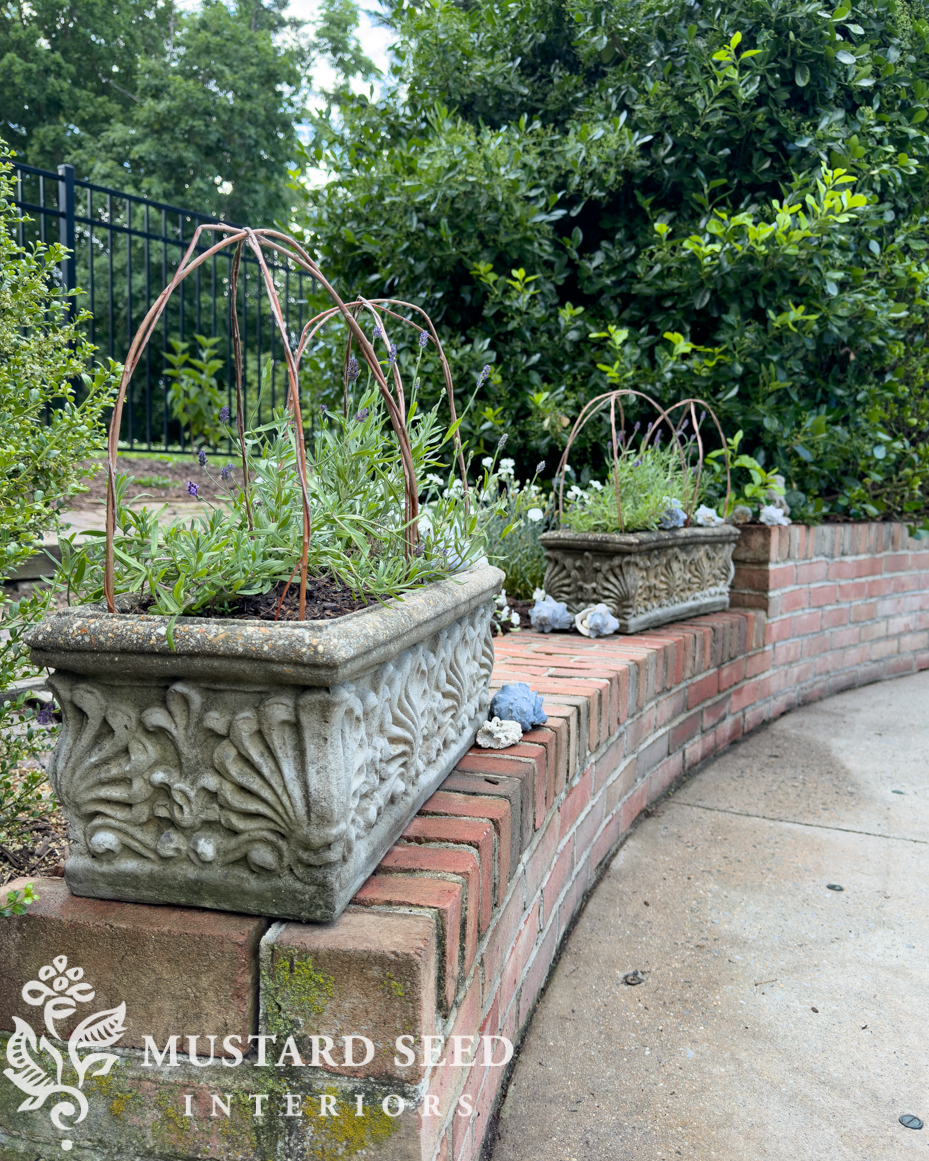
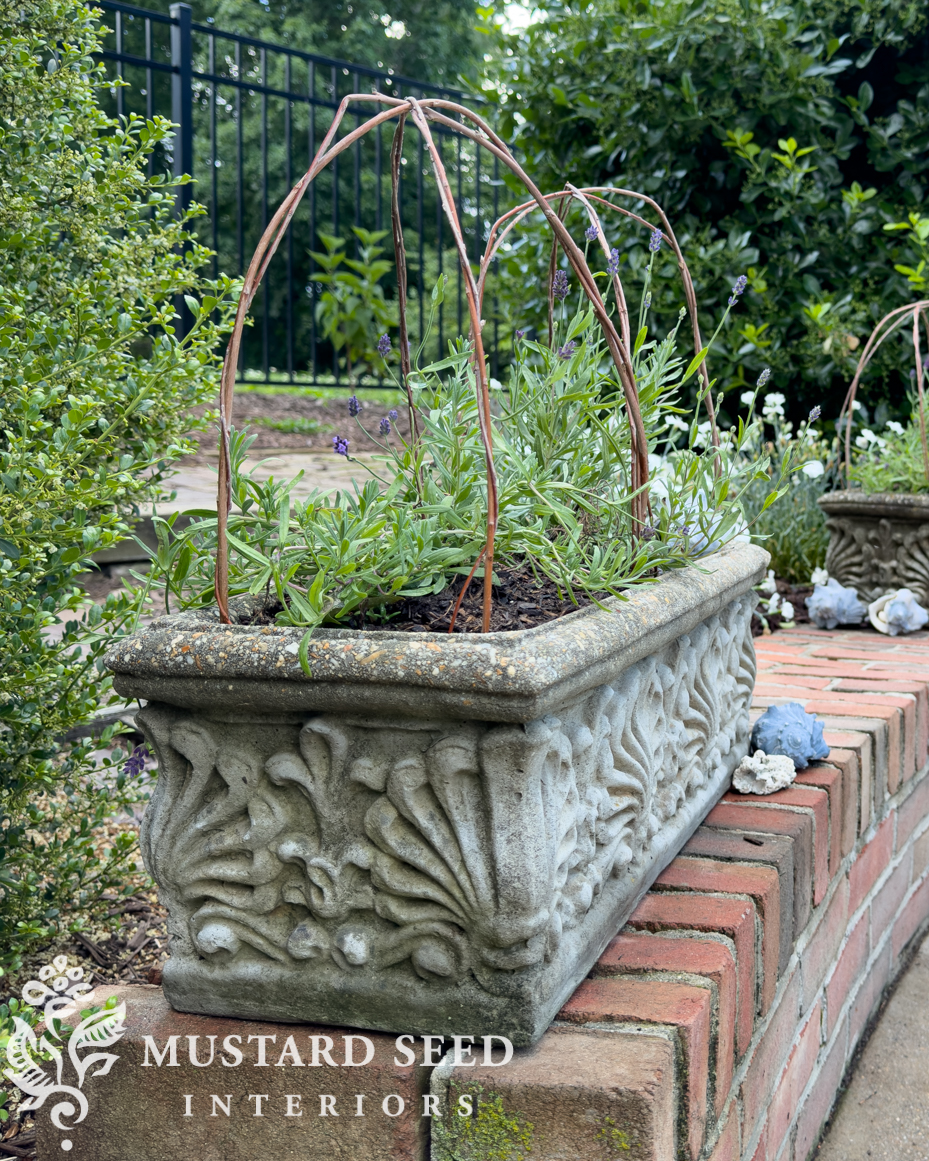
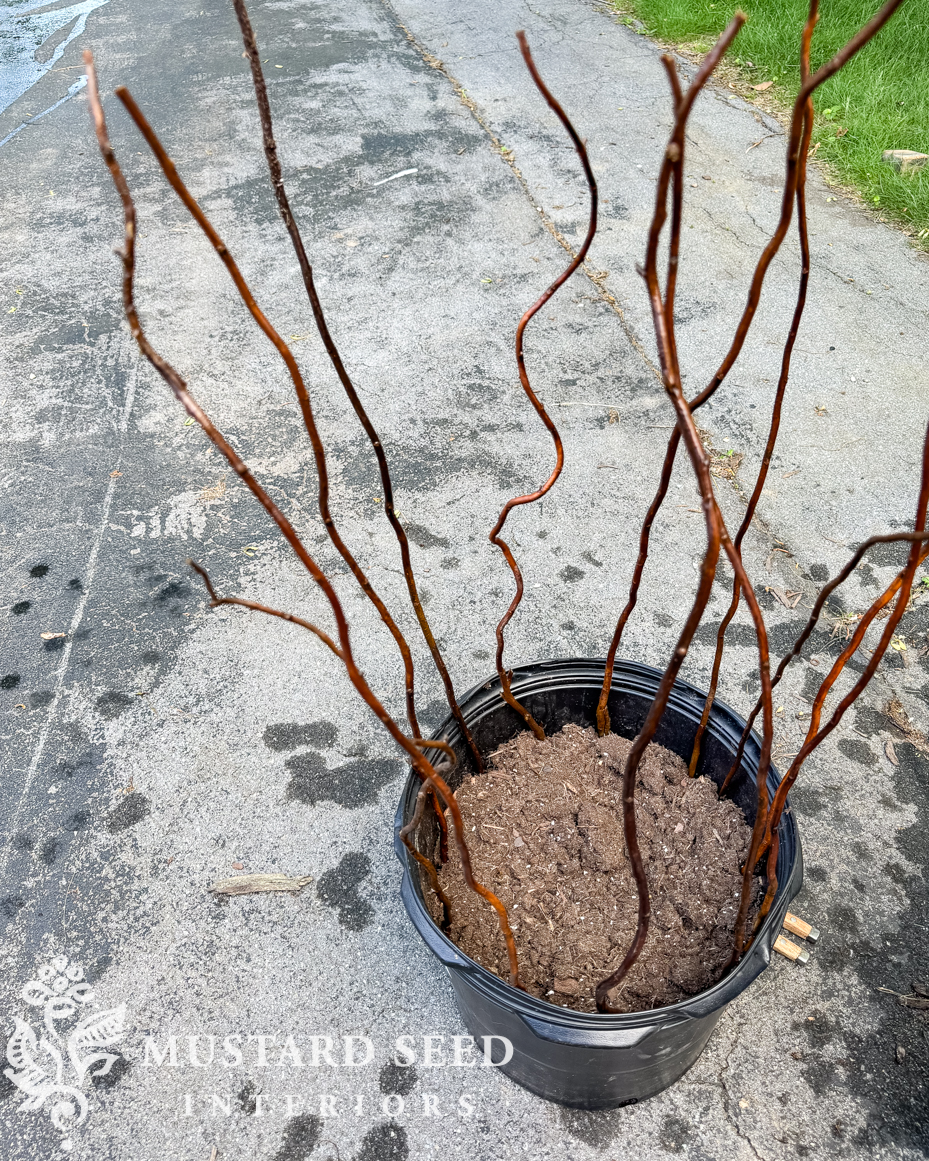
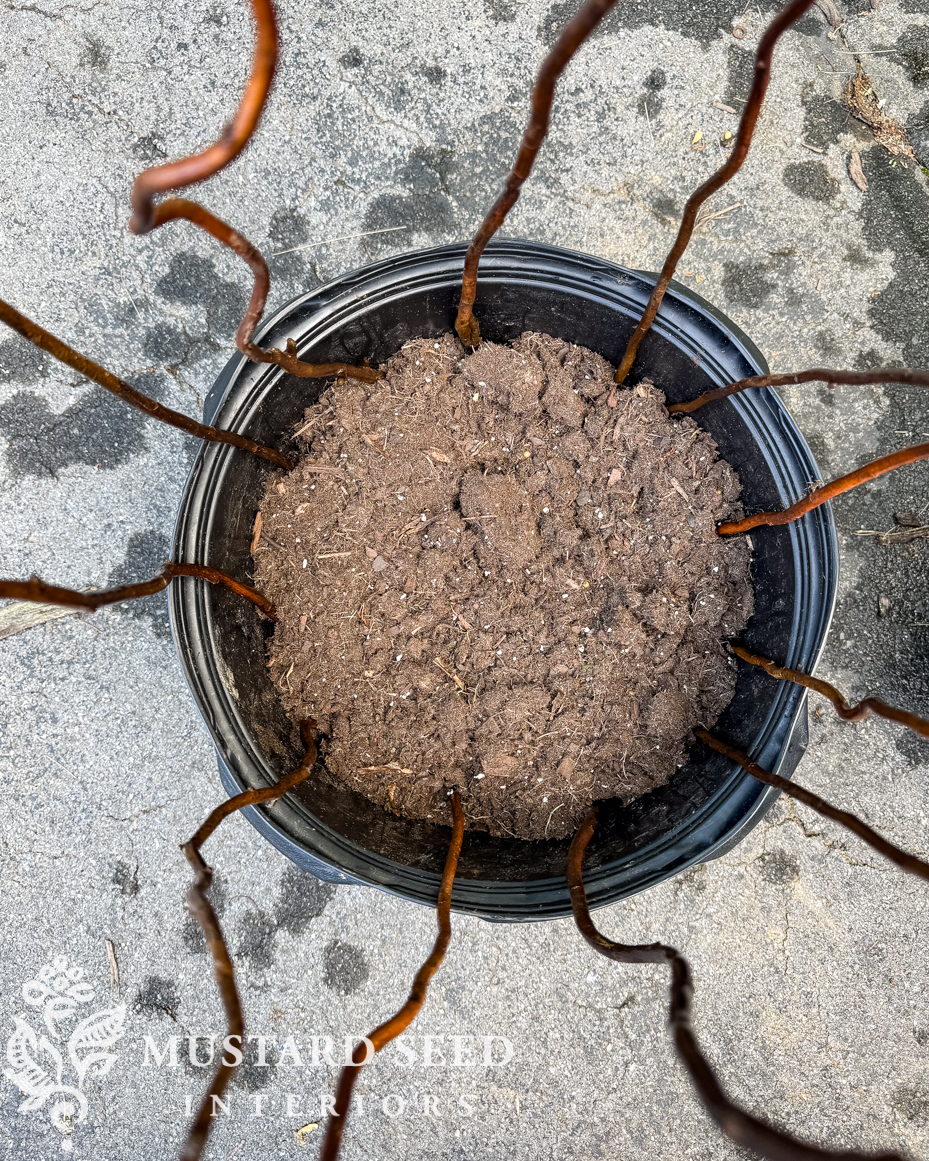

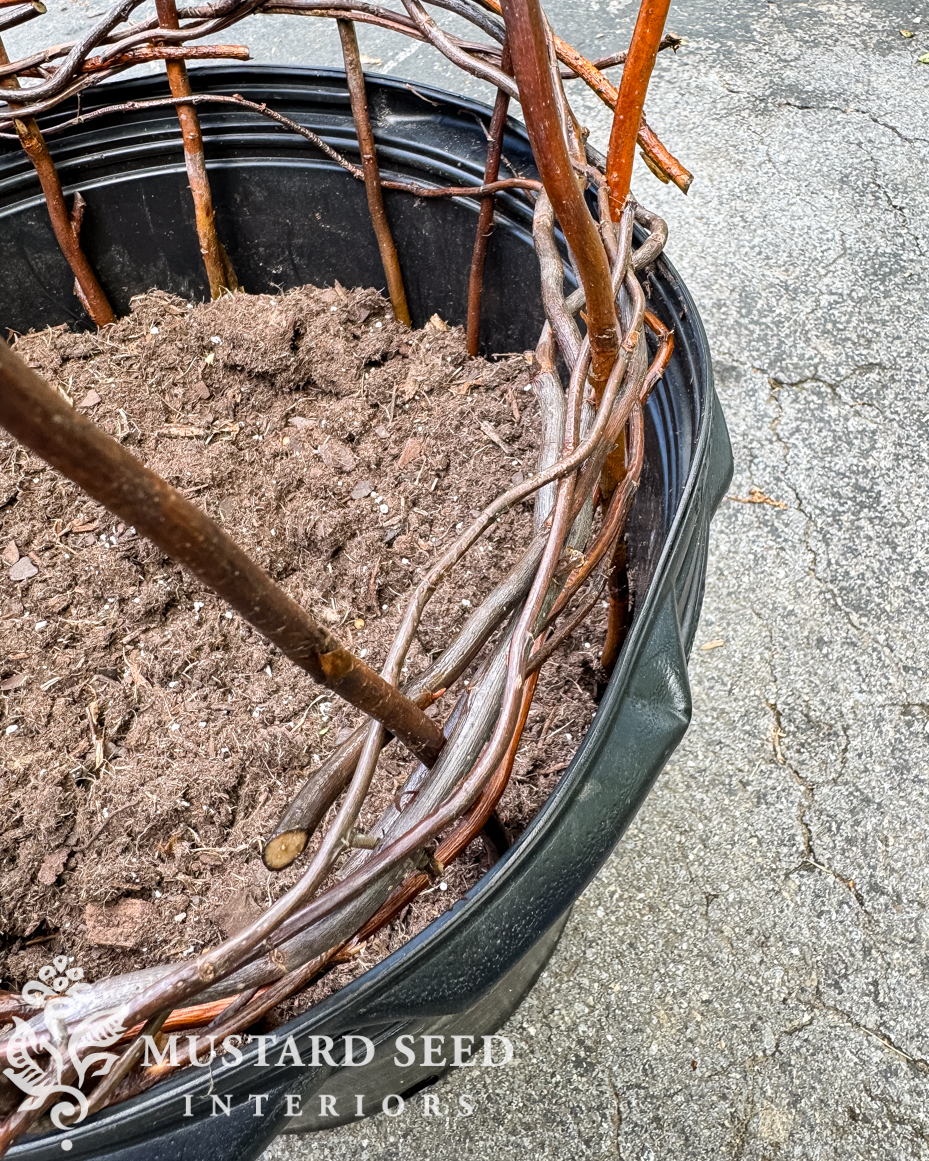



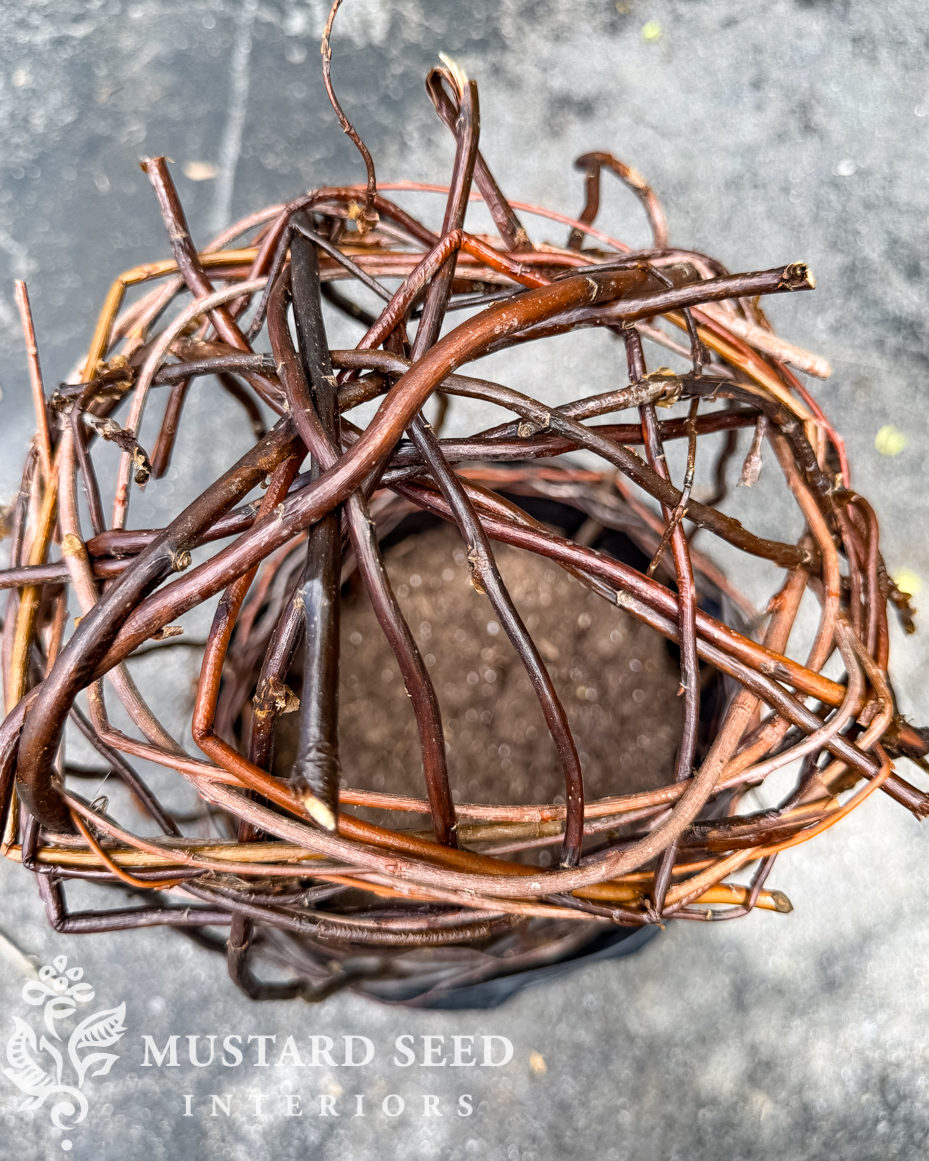








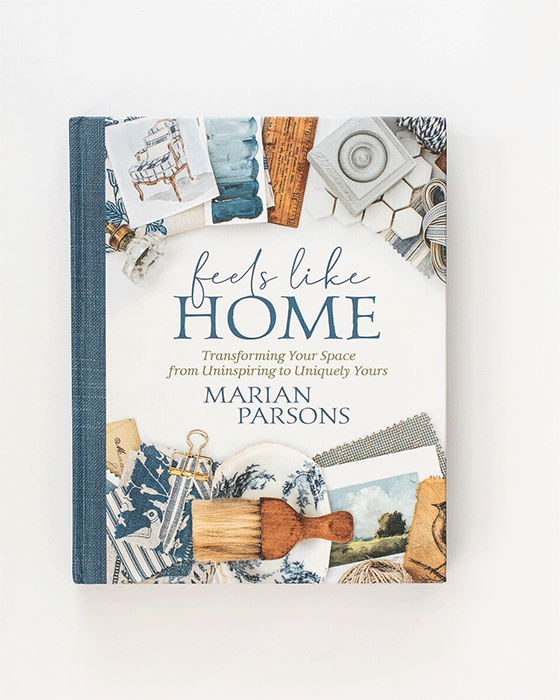
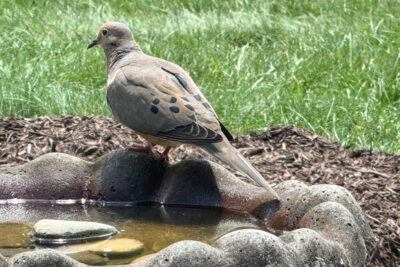
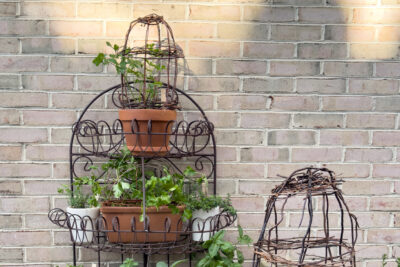
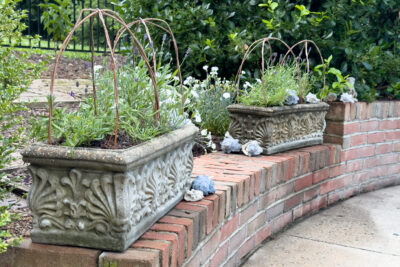
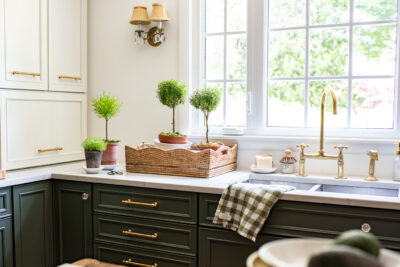




I think this might lead to basket weaving as your next hobby, lol. If you dip the ends of the willow in 30% acidic vinegar, I promise they will never root. That stuff kills anything!
How… HOW?!! Your little “playing around” looks so GOOD!! WOW!! I am in LOVE with it!!!
Charmingly imperfect…just the way I like it.
You and I must be on the same wavelength these days. I have been trying to figure out what material I want to try next for making plant supports. I have a few ideas in mind. I have done the willow ones before just using cut green branches from a weeping willow (that came down from a storm). Those are very pliable and once dried, stay nice for YEARS. Ditto for grape vines! You can really do a lot of nice stuff with the grape vines. I’m about to try weaving something out of copper wire since I have a whole bunch of it that I got for free years ago. I’m also going to be experimenting with Gorilla super glue to see if it will hold together wood for trellises outdoors. If so, that would make building tuteurs, etc. WAY easier!
Check out Delia of the Greenwood on Instagram. She weaves with invasive plants; I made a backpack from kudzu in one of her workshops.
I have woven plenty of baskets over the years, but never garden cloches. Looks like it has been a fun/learning experiment. I wonder how grapevine or honeysuckle would work with willow or other pliable material. We have plenty in our area. I have said before that anything looks prettier under a cloche provided it fits.
I have a curly willow tree in my back corner that I love and after a good windstorm there are always a few branches. But the branches are quite flexible and I wonder if you could start bending fresh cut branches. Has anyone tried that?
Your cloches are beautiful! Thanks for sharing your information! I’m thinking these would be good to make to go over my potted plants that the squirrels like to dig in.
A particular location I visit every time I go to Scotland has an entire fence woven from willow! There’s just something special about willow. Your cloches are charming!
Lovely English garden feeling. I bet those root rips won’t take root if you dip them in Round-UP or 30% vinegar.
I have made similar items with grapevine which I have in abundance and other flexible branches of unknown origin. Fresh cut branches work well, too, as long as you can bend them without them breaking. That makes it an even lower-risk experiment if you try things like this with materials already at hand. Thanks for reminding me I need to weave more garden stuff – added to the ‘to do’ list. Have fun!
These are so cute!
I was also going to suggest grape vines for weaving. Years ago I tried weaving grape vine wreaths. I really like your garden cloches! They look so good in your pots.
These look great! I love the look with your herbs!
I have two Curly Willow trees in my yard that I planted. One I rooted from cuttings from the first tree. I also have a bamboo forest in my backyard. I use the bamboo to make structures for climbing plants but they don’t last forever, sadly. The part that goes in the ground eventually rots. I use the dried Curly Willow in my Magnolia and Boxwood fresh garland on my front porch railing at Christmas for some visual interest!
Willow grows prolifically anywhere there is wet areas. Once you know what it looks like growing in the wild, you will see it everywhere. I’m in a city and I find patches of it. I harvest from unsightly industrial areas or ditches where I know the road crews will mow or cut brush once a season. It’s so fast growing. I would bet you have some growing within driving distance and you can harvest what you want. If you harvest it green it is pliable and doesn’t need soaking. I also use red dog wood twigs in a similar way for a different look. I’m making my first waddle fence soon to ring a small flower bed.
You amaze me.
I’ve really been enjoying your weaving adventures. I follow an IG account based in England and she has these woven cloches, trellises and border fenced all about her garden. She weaves them from beech branches, I have no idea if that’s something that is available in the States.
You have inspired me to try making some in the autumn, right now I’m too busy with the garden plants. But I will love having the cloches and trellises in the garden to look at after the plants die back in winter.
Without knowing you were going to post this, I recently did a YouTube search of UK basket weaving. There are many wonderful responses, but one in particular may be for you, ‘How to weave an obelisk with Dave Jackson The Stick Smith.’ He has a channel. Also there’s a show on Brit Box called Make it at Market. It features talented crafters who want to sell their things. Two of their segments are about willow weaving featuring the UK’s premier willow weaver, Eddie Glew, he has a website. There are many sources for this.
Love following you and your adventures!!! Not a gardener by any means but wondering if fabric softener would help soften the willow…might help with the smell, too!! Curious in Michigan!!
Why don’t you just plant a willow tree? They grow like crazy and can be messy. First to open in the spring and the last to fold up their tent in the fall.
Your willow cloches are charming, I would buy them! Your landscaping this spring has inspired me to look for some garden art like stone urns and a birdbath on Facebook Marketplace. My first purchase may be a cute stone bird statue. I have always enjoyed planting flowers in my yard but I now have a new hobby of decorating it too!
I made Nantucket Baskets for many years. We would soak the weaving cane in water with a little Downy Fabric Softener. You made a lot of these
cloches! Well done!
Love your new hobby. Since you also love books I have enjoyed Jim Long’s book Making Bentwood Trellises, Arbors, Gates and Fences. It’s old (1998 copyright) so likely can find used. Enjoy
Would grape vine be an alternative to willow?
You might find these two weavers interesting :
ouldcrafty
westcountry hedgelayer